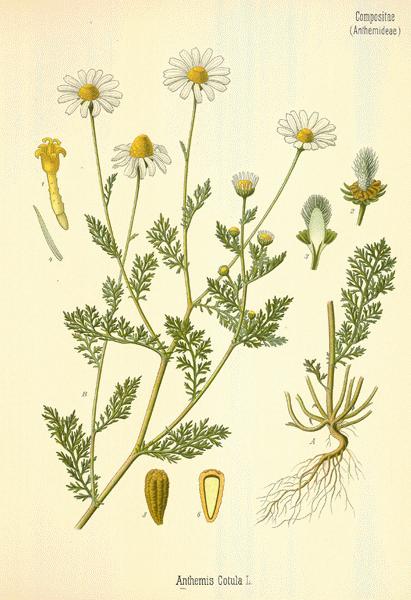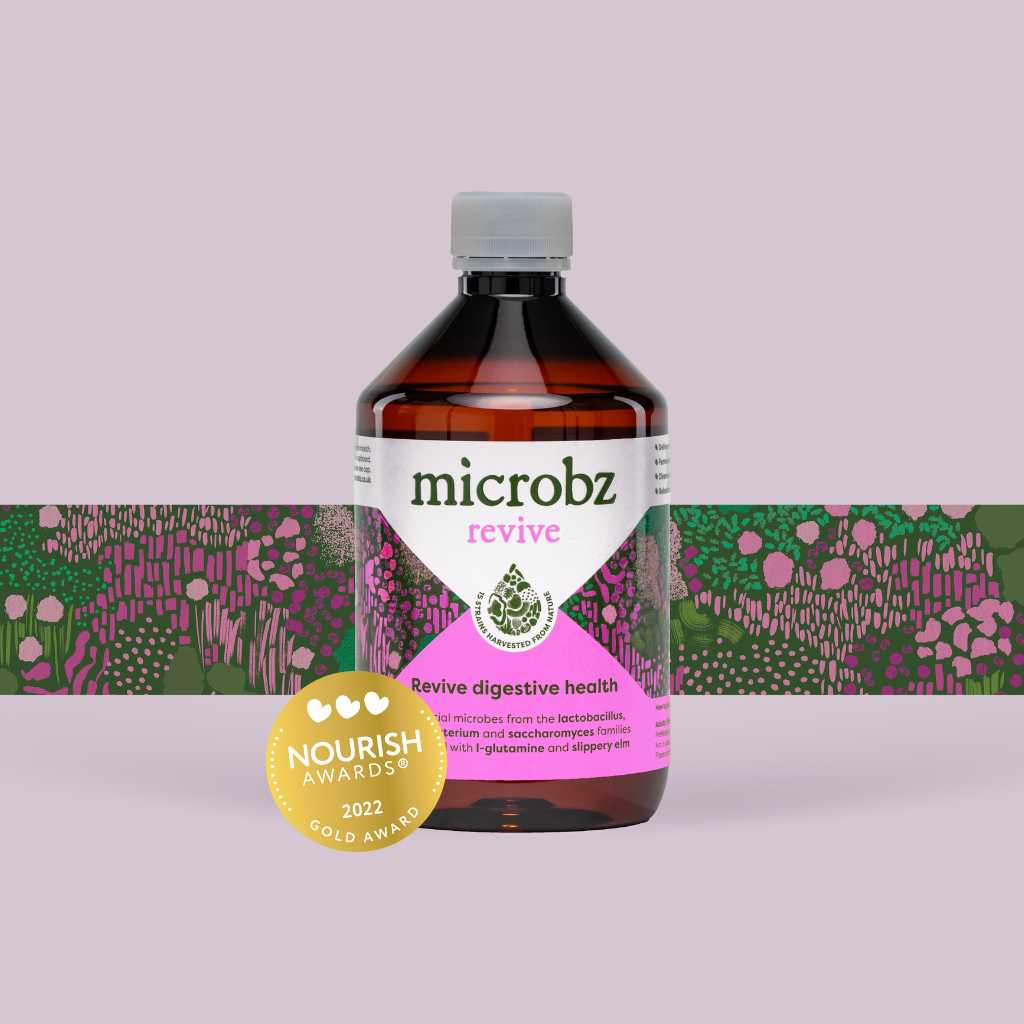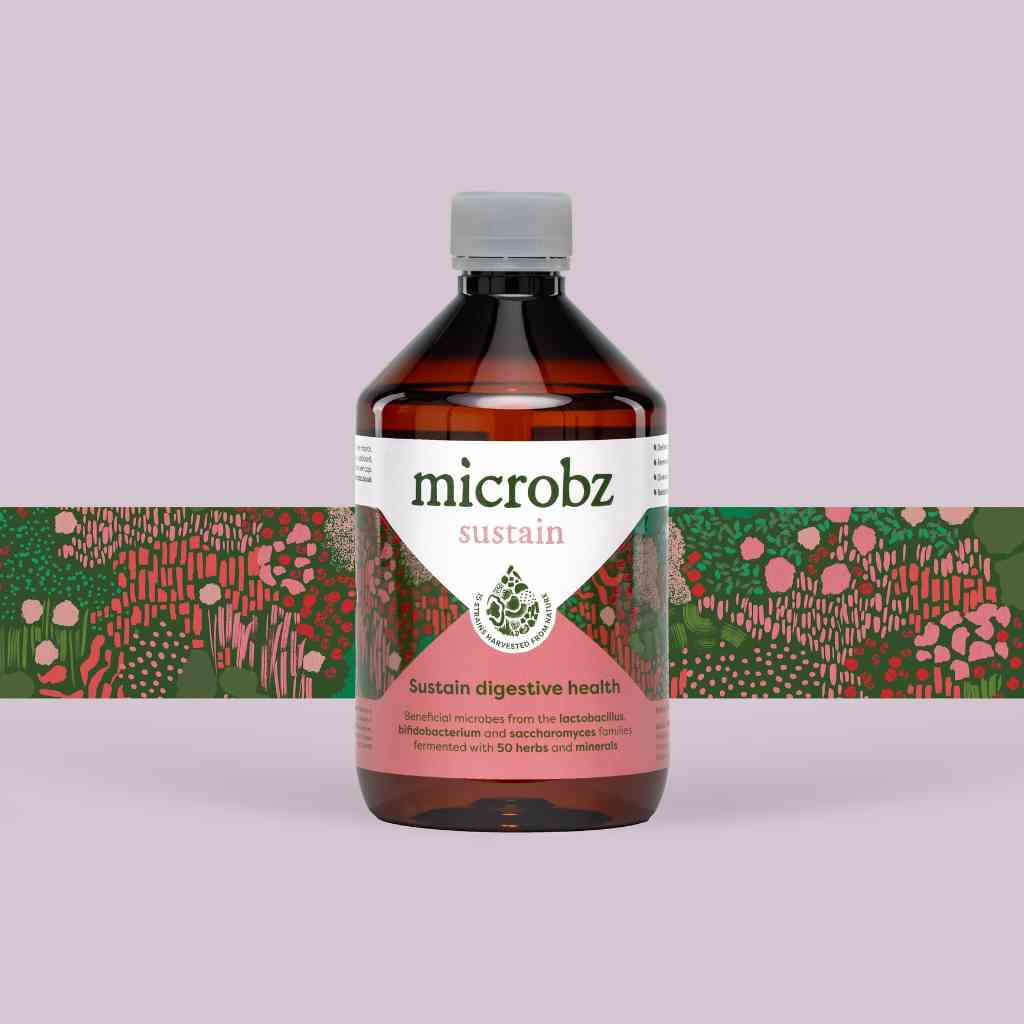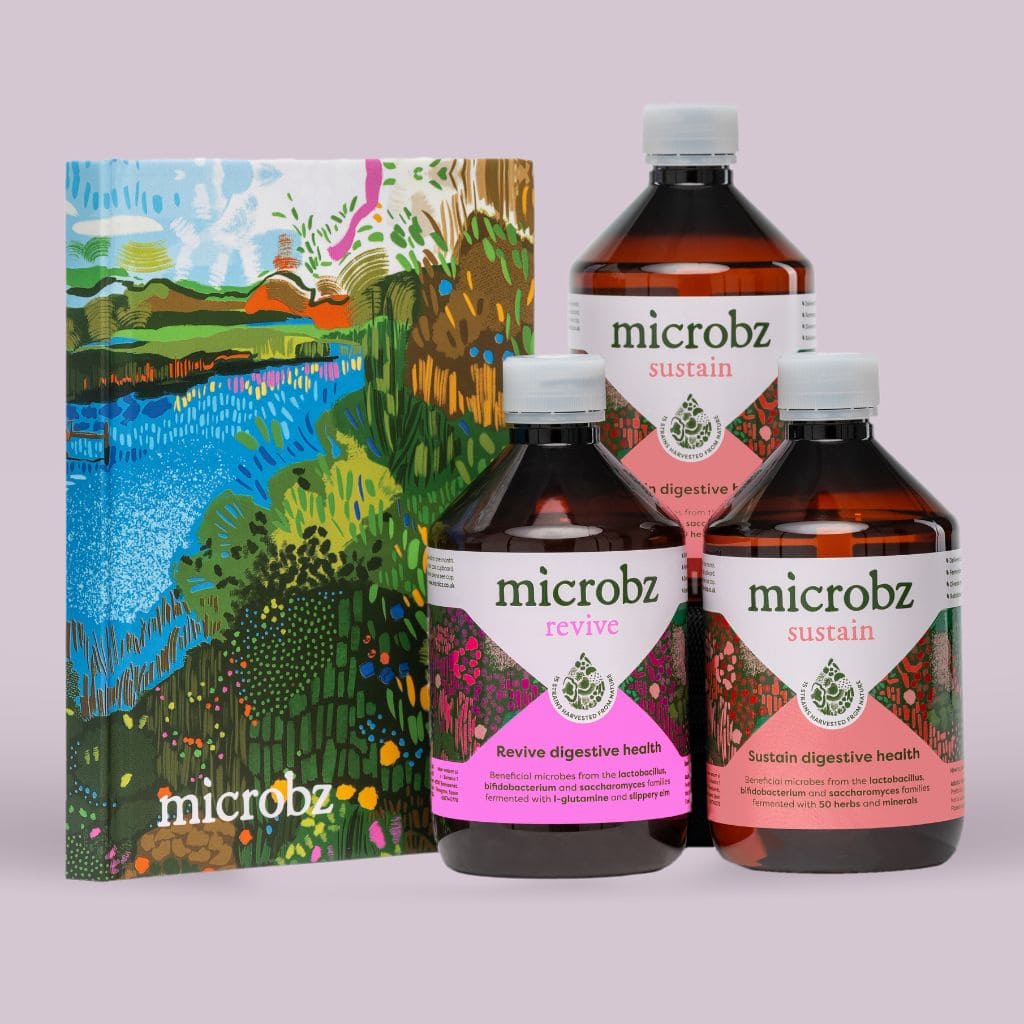History
Parts used:
Flowers
Constituents (bio available chemicals):
Volatile oil, up to 2%including sesquiterpenes. Flavonoids: anthemidin and luteolin. Bitter glycosides – anthemic acid. Coumarin. Malic acid. Tannins. Also contains phenols, cyanogenic glycosides, salicylates, heteroglycan polysaccharides and phytosterols. Conversion of proazulene to azulene by steam distillation give Matricaria oil a blue colour which deepens with increased azulene.
Nutritional constituents:
Minerals: Iodine, calcium and potassium.
Indications:
Allergies/sensitivities, asthma, nervous dyspepsia, IBS, indigestion, diarrhoea, colitis, gastric ulcers, flatulence, colic, constipation (especially in children). Insomnia hyperactivity, nervous tension. Externally: nappy rash, varicose ulcers, earache, wounds, cracked nipples (mastitis), acne, eczema and acute radiation damage.
Dosage:
Liquid extract: 20-40ml per week. Infusion of dried herb: 2-8g 3 x daily.
British Herbal Pharmacopoeia
Gastrointestinal disturbance with associated nervous irritability in children.
Cautions for therapeutic doses
Can on rare occasion caused allergic reaction topically and internally.




